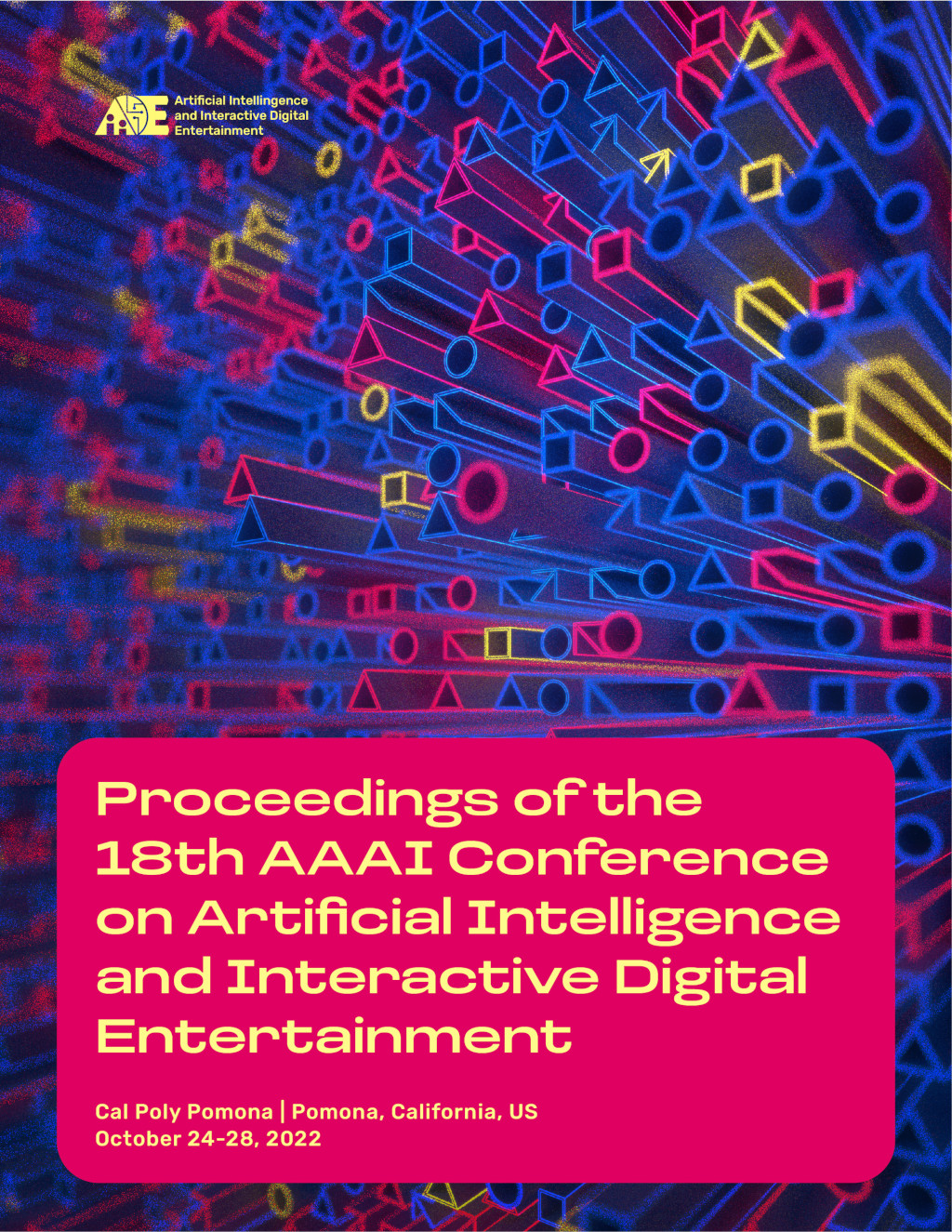A Demonstration of Possibilistic Hierarchical Task Networks for Believable Agent Behavior
DOI:
https://doi.org/10.1609/aiide.v18i1.21976Keywords:
Video Games, Hierarchical Task Networks (HTNs), Utility Function, Possibility Theory, Non-player CharactersAbstract
Believably human non-player characters (NPCs) are inherent to immersive gameplay yet developing them remains a common challenge. When the success of many modern games relies on using bots in online services to replace real players, it’s vital for the bots to seem like they make decisions like real people. This paper explains the inspirations for, ideas behind, and base functionality of a demo made to build a foundation for future work that aims to establish a framework for developing believably human NPCs. This demo simply aims to show that possibility theory can work with hierarchical task networks (HTNs) by using custom utility functions. This reliance on utility functions also means that this work provides developers who use behavior selection systems that can use utility functions to decide between branches, a clear example of how to adopt possibilistic logic in their own work. Most importantly, since this logic is simplistic, it can be easily adopted by both hobbyists and experts.Downloads
Published
2022-10-11
How to Cite
Warnick, B. (2022). A Demonstration of Possibilistic Hierarchical Task Networks for Believable Agent Behavior. Proceedings of the AAAI Conference on Artificial Intelligence and Interactive Digital Entertainment, 18(1), 285-287. https://doi.org/10.1609/aiide.v18i1.21976
Issue
Section
Software Track Posters

